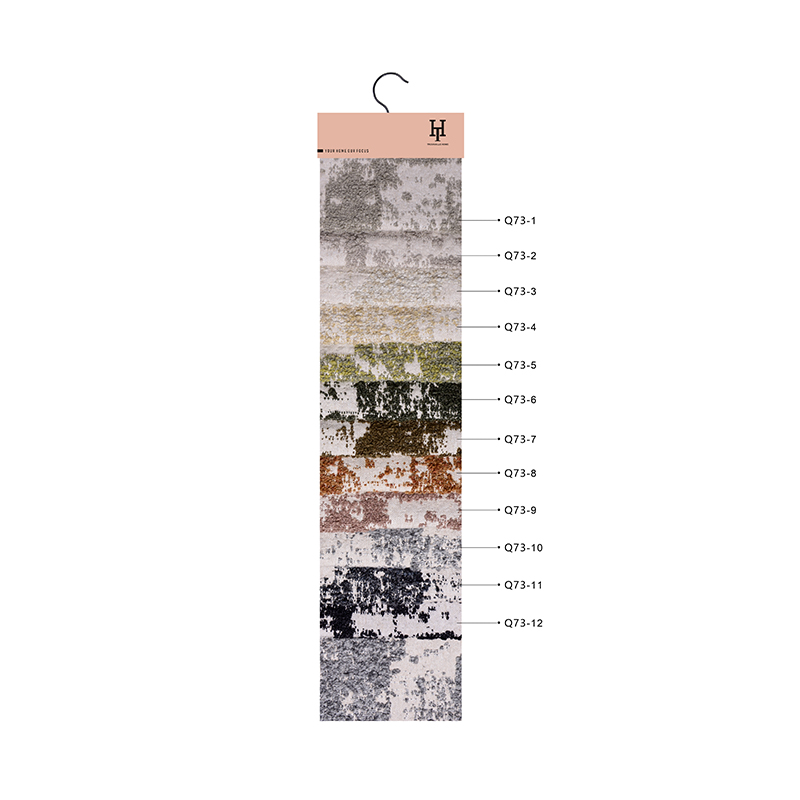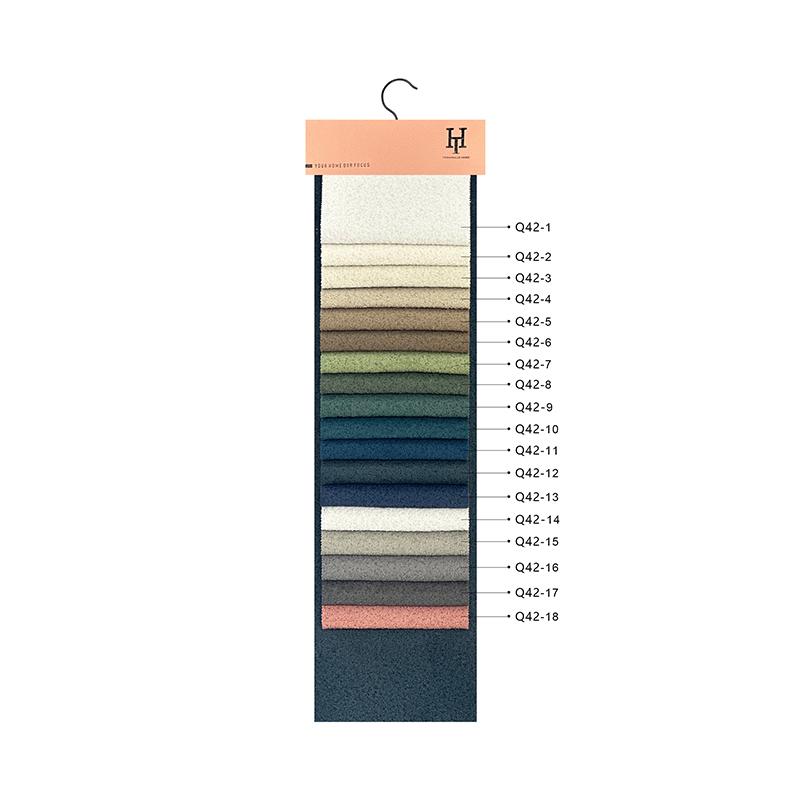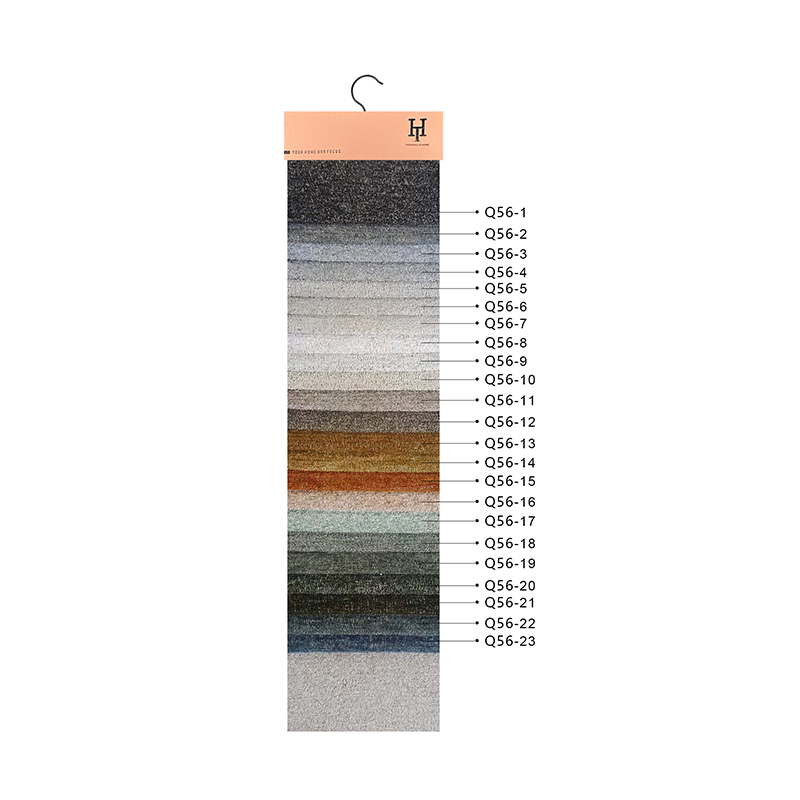How to choose Home Fabrics based on color matching to create a comfortable living environment?
Color matching is a crucial link when choosing Home Fabrics to create a comfortable living environment. Color not only affects the atmosphere and mood of the space, but also visually adjusts the size and proportion of the space, thereby creating a more harmonious and pleasant living experience.
1. Understanding color psychology
Understanding the basics of color psychology is essential for choosing the right color. Different colors can trigger different emotional responses in people. For example, warm colors (such as red, orange, and yellow) usually inspire vitality, enthusiasm, and warmth; while cool colors (such as blue, green, and purple) can bring a tranquil, calm and peaceful atmosphere. Neutral colors (such as white, gray, and beige) are versatile and can coexist harmoniously with other colors.
2. Consider the overall space tone
When choosing the color of Home Fabrics, the first thing to consider is the overall space tone. If the interior already has a clear tone, the color of the textiles should be coordinated with it to maintain the overall consistency. For example, if the walls of the room are light blue, you can choose textiles with blue elements, such as blue striped curtains or blue printed pillows, to enhance the sense of unity in the space.
3. Use color contrast and harmony
Color contrast and harmony are the key to creating a sense of visual hierarchy and balance. When choosing textiles, you can highlight certain elements through color contrast, or create a tranquil and comfortable atmosphere through color harmony. For example, against the background of dark furniture, you can choose light or bright textiles to brighten the space; while in the environment of light furniture, you can try to use dark or contrasting textiles to increase the sense of hierarchy.
4. Consider the relationship between light and color
Light is an important factor affecting color performance. The color effects under natural light and artificial light sources will be different. Therefore, when choosing textiles, consider the light conditions of the room. If the room is well-lit, you can choose textiles with bright colors and high saturation to enhance vitality; while if the room is dark, you should choose textiles with soft colors and moderate brightness to avoid depression.
5. Pay attention to the seasonal changes in color
With the change of seasons, people's feelings about color will also change. Therefore, when choosing textiles, seasonal factors can be considered. For example, in spring and summer, you can choose fresh and bright colors to create a vibrant atmosphere; in autumn and winter, you can choose warm and heavy colors to add a sense of warmth.
6. Combine personal preferences and style
The color of textiles should also be combined with personal preferences and home style. Different people have different preferences for colors. Some people like simple and elegant color matching, while others prefer colorful visual effects. When choosing textiles, you should fully consider your aesthetic preferences and the overall style of your home to ensure that the final effect is both in line with personal preferences and in harmony with the overall environment.
Choosing Home Fabrics according to color matching to create a comfortable living environment requires comprehensive consideration of color psychology, overall space tone, color contrast and harmony, the relationship between light and color, seasonal changes, and personal preferences and style. By carefully selecting and matching the colors of textiles, you can create a living environment that is both beautiful and comfortable.




















